Ever felt lost trying to explain or understand adverbs? You're not alone. Whether you're a parent helping your child with homework, a teacher creating lesson plans, or a learner trying to grasp the role of adverbs in English grammar, understanding adverbs can feel overwhelming without a clear, structured approach. That’s where a well-designed chart of adverb comes in, making grammar not just digestible but enjoyable.
In this guide, we break down adverbs using charts, real-life examples, and easy-to-follow models so that anyone from a young student to an ESL learner—can understand them clearly and confidently.
What Is an Adverb?
An adverb is a part of speech that modifies verbs, adjectives, or other adverbs. It typically answers questions like:
- How? (e.g., quickly, loudly)
- When? (e.g., yesterday, soon)
- Where? (e.g., here, outside)
- To what extent? (e.g., very, almost)
- Why? (sometimes implied, e.g., therefore)
Why Use a Chart of Adverb?
Before we dive into the charts, let’s address why they matter.
Common Pain Points:
- Students struggle to identify adverbs in a sentence.
- Parents are unsure how to explain grammar clearly.
- Teachers need visual aids to make lessons interactive.
- Non-native speakers find adverbs confusing due to their wide range of usage.
A chart on adverbs transforms vague explanations into clear visuals and categories, making it easier for everyone to understand.
Types of Adverbs with Examples
Let’s explore the main categories of adverbs, their uses, and examples. Use this adverbs chart as a quick reference.
Chart on Adverb Categories
|
Type of Adverb |
Function |
Examples |
|
Adverbs of Manner |
Describes how an action is done |
quickly, slowly, neatly |
|
Adverbs of Time |
Describes when something happens |
now, today, soon, yesterday |
|
Adverbs of Place |
Describes where an action happens |
here, outside, nearby |
|
Adverbs of Frequency |
Describes how often something happens |
always, sometimes, rarely |
|
Adverbs of Degree |
Describes intensity or extent |
very, too, quite, almost |
|
Interrogative Adverbs |
Used to ask questions |
why, where, when, how |
|
Relative Adverbs |
Connect clauses |
where, when, why |
This adverb chart in English is designed to give learners a visual understanding of where adverbs fit into the grammar structure.
Real-World Examples: Adverbs in Action
Let’s take examples from everyday scenarios so learners can easily relate.
Examples by Type
Adverbs of Manner:
- She spoke politely to the customer.
- The dog barked loudly at the stranger.
Adverbs of Time:
- I will call you tomorrow.
- He arrived late to the meeting.
Adverbs of Place:
- The kids are playing outside.
- She looked everywhere for her keys.
Adverbs of Frequency:
- We always eat dinner at 7.
- He rarely goes to the gym.
Adverbs of Degree:
- I'm very tired today.
- She was too excited to sleep.
Chart Model of Adverb: Visual Learning for Kids
To help younger learners, here’s a simplified chart model of adverb using cartoon-style icons and kid-friendly words.

Kid-Friendly Adverb Chart
|
Adverb Type |
Question It Answers |
Example Sentence |
|
How? |
Manner |
He ran fast. |
|
When? |
Time |
She will eat later. |
|
Where? |
Place |
The ball is there. |
|
How Often? |
Frequency |
We usually go outside. |
|
How Much? |
Degree |
I'm very happy. |
Tip for parents and teachers: Use visual flashcards with these examples to reinforce understanding.
Comparison Table: Adverbs vs. Adjectives
Understanding the difference between adverbs and adjectives can prevent common mistakes.
|
Feature |
Adjective |
Adverb |
|
Modifies |
Nouns or pronouns |
Verbs, adjectives, or adverbs |
|
Answers Questions |
What kind? Which one? |
How? When? Where? How much? |
|
Example Sentence |
She is a quick runner. |
She runs quickly. |
|
Ending |
Often ends in -y or varies |
Often ends in -ly |
How to Teach Adverbs Effectively
For Teachers:
- Use a chart on adverbs as a classroom poster.
- Design fill-in-the-blank activities with different types of adverbs.
- Play a “Guess the Adverb” game using verbs and ask students to describe actions.
For Parents:
- Use storytelling: Ask your child to describe actions using how, when, and where.
- Create homemade adverb charts for daily practice.
- Watch cartoons together and identify adverbs in dialogues.
For ESL Learners:
- Practice by writing 5 sentences a day using different adverbs.
- Use adverb charts to translate examples into your native language.
- Focus on one adverb type per day.
Printable Adverb Charts and Worksheets
123 Publishing House provides printable grammar resources, including:

- Beginner-friendly adverbs chart PDF
- Fill-in-the-blank worksheets
- Adverb sentence-building exercises
- Interactive digital chart model of adverb
These resources support at-home learning, homeschooling, and classroom engagement.
FAQs About Chart of Adverb
What is a chart of adverb used for?
A chart of adverb organizes different types of adverbs in a visual format, helping learners understand their usage and placement in sentences.
How can I identify adverbs in a sentence?
Look for words that describe how, when, where, or to what extent something happens. Often, they modify verbs and end in “-ly.”
Is there a difference between “chart on adverb” and “adverbs chart”?
Not in practical usage. Both refer to visual guides that explain adverb types and functions, though phrasing may vary by region or educational style.
What are examples of adverbs that don’t end in -ly?
Not all adverbs follow the “-ly” rule. For example: fast, well, hard, soon, yesterday.
Can adverbs modify adjectives or other adverbs?
Yes! Example:
- Very beautiful (modifies adjective)
-
Quite quickly (modifies another adverb)
Conclusion: Make Grammar Simpler with a Chart on Adverbs
Grammar doesn’t have to be boring or complicated. By using a structured chart of adverb, learners gain clarity, confidence, and competence in English writing and speaking.
Whether you're a teacher needing classroom tools, a parent helping with homework, or a student preparing for exams this guide and its companion adverb charts are here to support you every step of the way.
Bookmark this guide and use it as a daily reference for sentence practice, writing exercises, or grammar revision.


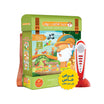

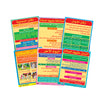
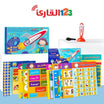
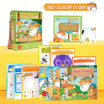


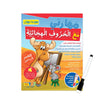
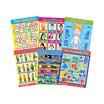


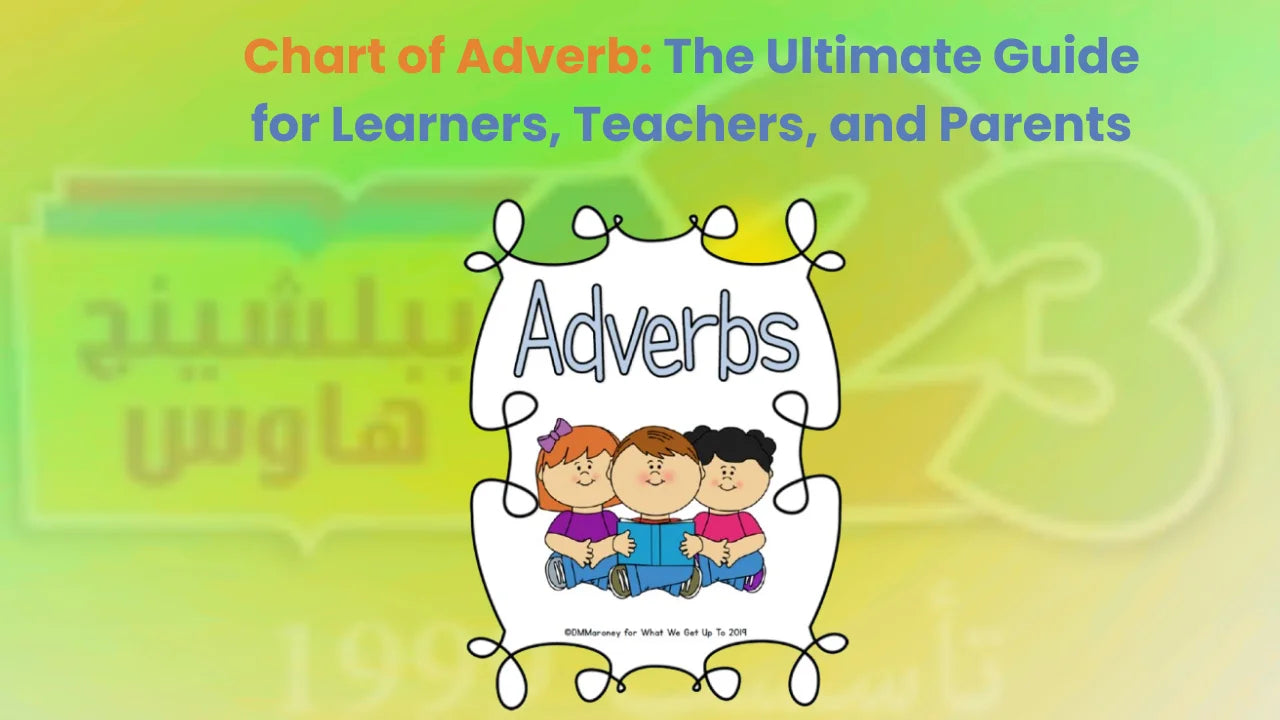

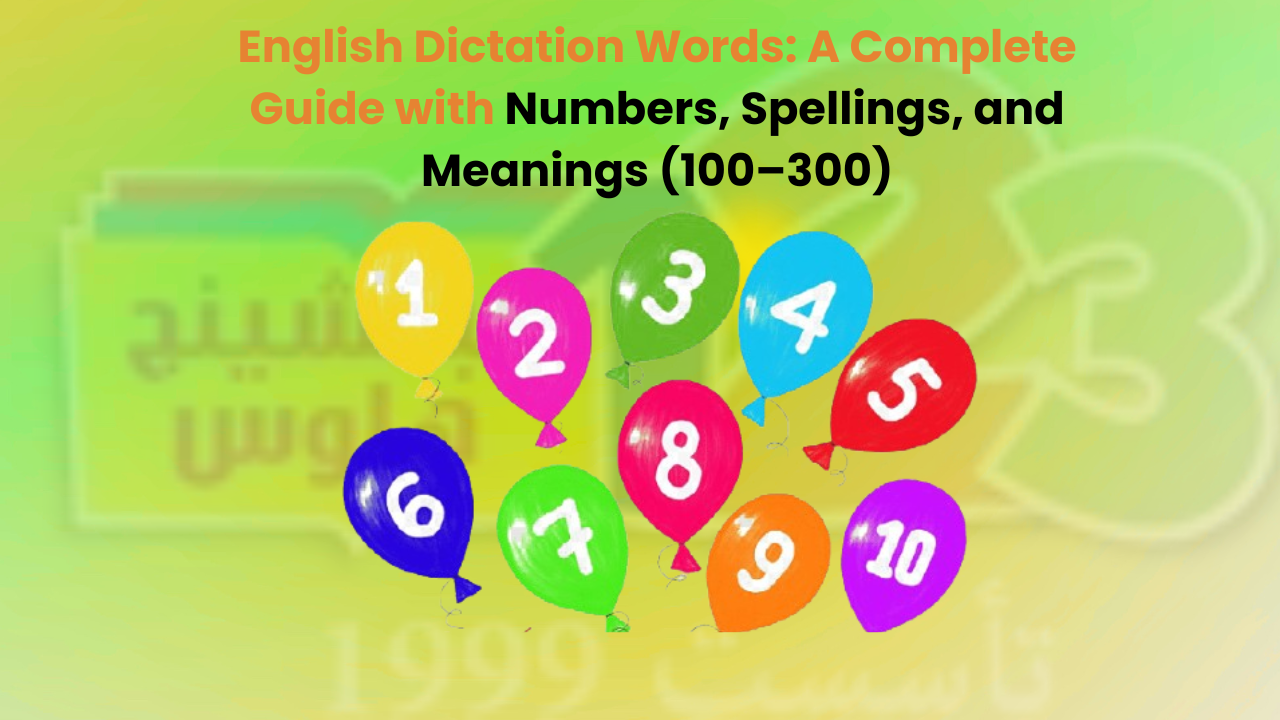
اترك تعليقًا
This site is protected by hCaptcha and the hCaptcha Privacy Policy and Terms of Service apply.